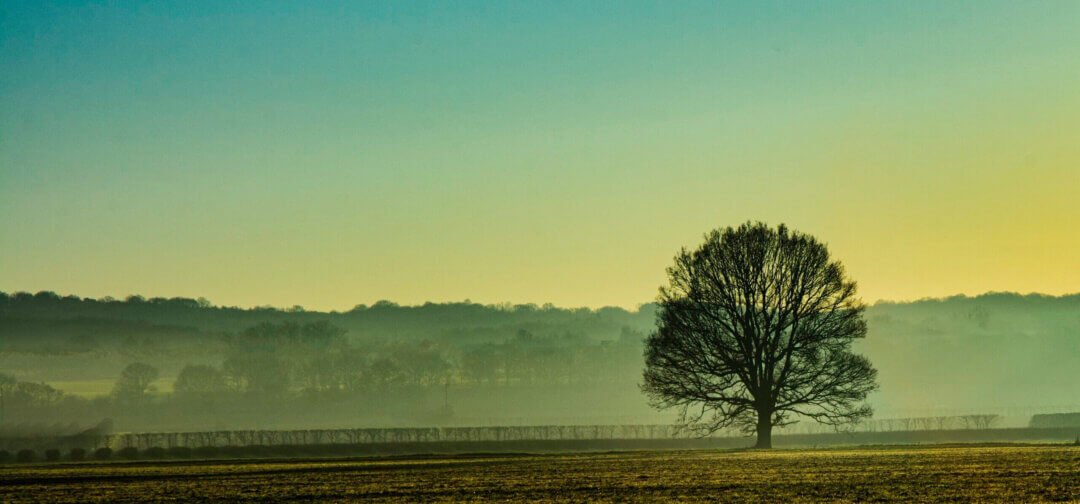In deciding whether or not to support the Castle Hill Development CHD) proposal the Save Capel Executive carried out a Sustainability Assessment comparing the CHD proposal to the one from Hadlow Estates (HE) for Tudeley New Town (TNT). The details of this were shared with members as part of the pre-voting package, and now we are providing a summary for all of our supporters.
Issues which CHD scores more highly than TNT are:
- Transport – the infrastructure is in place (the A21) and may be improved when the new Kingstanding commercial centre proposal goes ahead. High Brooms station is within easy walking or cycle distance. Tonbridge station is three miles distant from TNT, and the small country roads will suffer even more congestion; new roads will need to be built and encroach further into the countryside.
- Flooding – there is little increased risk around the Castle Hill site compared to TNT.
- Wastewater – Castle Hill is close to the TW Sewerage Works which has room for expansion; TNT would need to build new treatment facilities at significant cost, or compound the area’s problems.
- Heritage – there are three listed buildings in or on the boundary of the Castle Hill site, including the railway viaduct at the site’s edge, and the proposals properly take the iron age forts into account. There are 21 listed properties in or close to the TNT site, with two Grade 1 historic buildings, including All Saints Church and the international artistic asset of the Chagall windows; whilst the proposals claim to be sympathetic to the church, they are highly likely to adversely affect the windows’ artistic integrity.
- Landscape – The CH site is in a south-facing bowl surrounded by ancient woodland, which will be protected, and on the threshold of existing developments such as North Farm Industrial Estate and Knights Park. The views across the site are of Tunbridge Wells. By comparison, the TNT site has unspoilt and extensive views across the Medway Valley, from the Greensand Ridge and the North Downs Way to the AONB, and will be impacted significantly in all directions.
- Land quality – Castle Hill is grade three (good to moderate) and four (poor), and is not used for food production. TNT is grade two (very good) and three and is used for food production. This means there will be no loss of agricultural production at Castle Hill.
- Planning – Whilst Castle Hill has plans for 1,500 homes, against TNT’s 1,900 during the life-span of the Local Plan (a further 900 are apparently promised thereafter), there is a much clearer commitment to provide affordable homes (40%), including accommodation for NHS staff at nearby Pembury Hospital, than the vague promises of meeting TWBC’s demands offered by the Hadlow Estate.
Issues which CHD scores marginally more highly than TNT are:
- Biodiversity – CHD is seeking a positive biodiversity gain through woodland management and the creation of green corridors and water capture. It is still unclear what the plans are for TNT, which will lose orchards and fields that attract wildlife, although there has been mention of water capture on land that may currently be in agricultural production.
- Site businesses & property – a measurement of 1,000 metres from the centre of both sites shows that fewer existing dwellings are affected by CHD v TNT (29 v 110). Moreover, given the proximity to Tunbridge Wells and North Farm, the employment opportunities are much more extensive than TNT. There are only five businesses listed in Tudeley, with 38 in the Castle Hill area, even without the proposed expansion of Decimus Park at Kingstanding.
- Pollution – Both sites will impact pollution during the construction phases. However, for CH, the existing A21 and proximity to Tunbridge Wells will affect air, noise and light pollution. For TNT, where the current levels for all three pollution indicators are low, there will inevitably be an adverse increase in pollution.
There is one issue where both sites score badly:
- Designated land – both impinge into the green belt, while Castle Hill also encroaches into AONB. However, the CHD plans appear to be more sympathetic than TNT to the landscape and setting. Castle Hill will be contained in a natural border formed by ancient woodland, the A21 and the railway – it can spread no further. However, if TNT is allowed to proceed, it can spread across the whole of Capel; the original proposals for a larger town cutting into the AONB towards the A21 indicate what the longer-term intentions might be. In other words, Castle Hill cannot grow, but TNT may be the thin edge of a much larger wedge.
Overall, the Save Capel Executive, and the 95% of members who voted in favour of supporting the CHD proposal, believe that Castle Hill is a far more sustainable, and therefore more acceptable proposal over the Hadlow Estate plans for TNT.
Please don’t forget; this is a journey, not a destination. That said, it is a significant step forward on that journey and one which reflects that Save Capel and the community we represent are prepared to accept development in the parish, even large-scale, so long as it is sustainable, appropriate and in the right place. Or at least in the less wrong place.
Over the coming weeks we will be sharing more analysis of the plans for the Tudeley site – both our own and expert review. So please keep an eye on our site, newsletters and social channels.
Thank you for your ongoing support.


